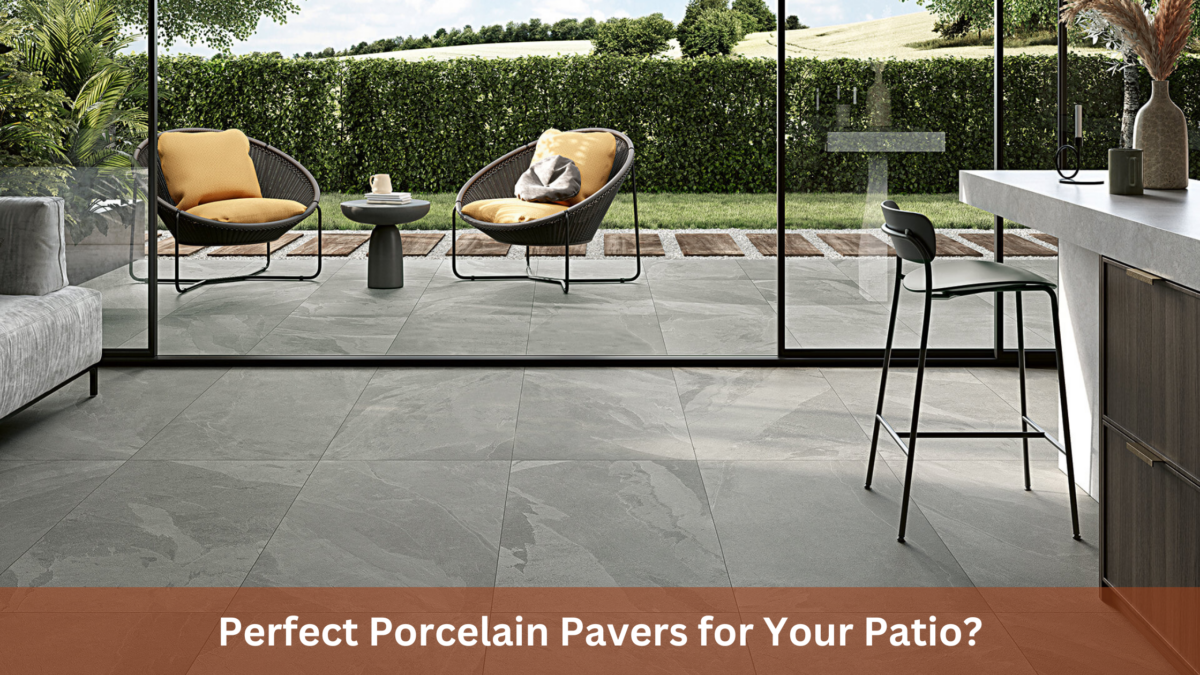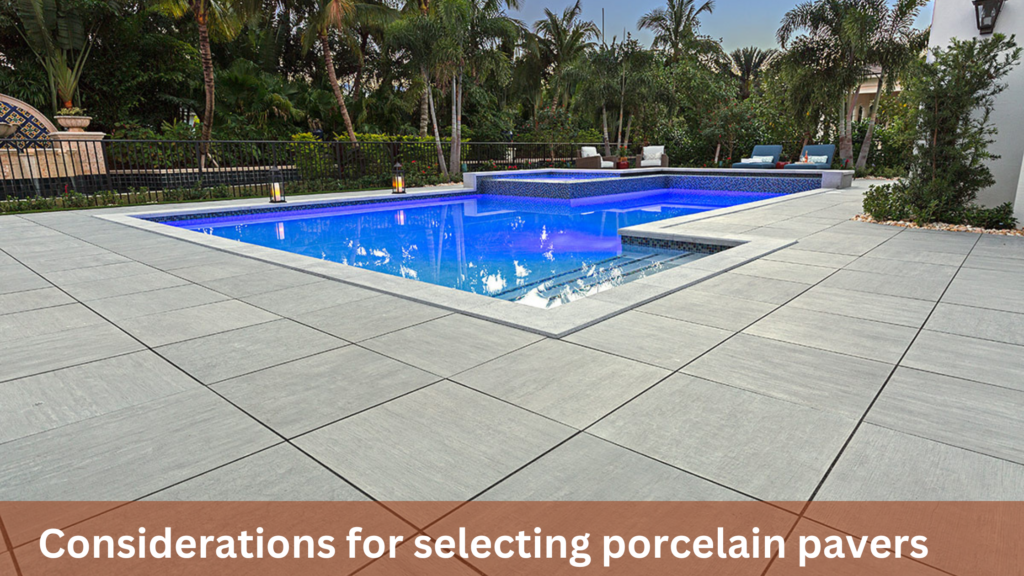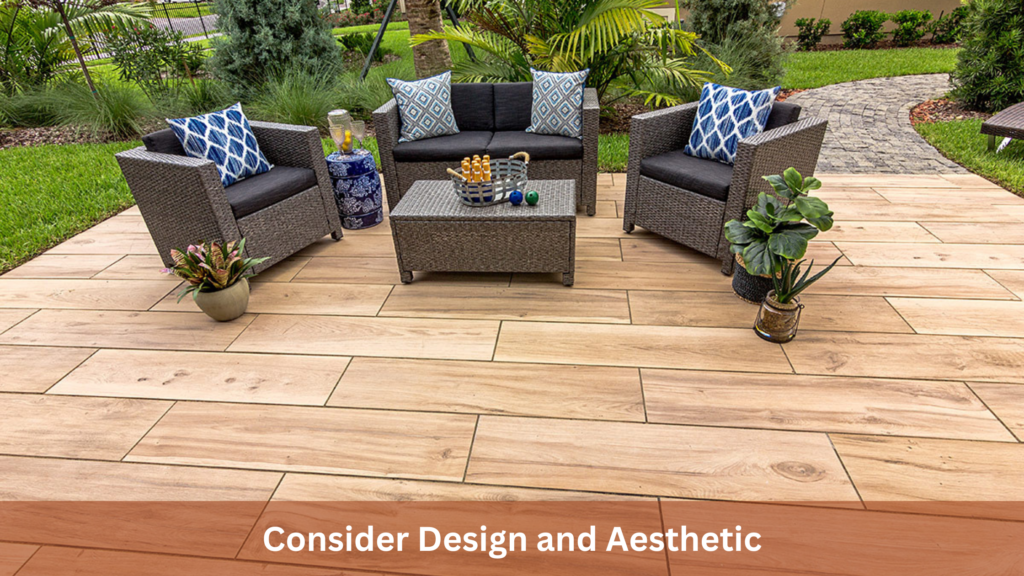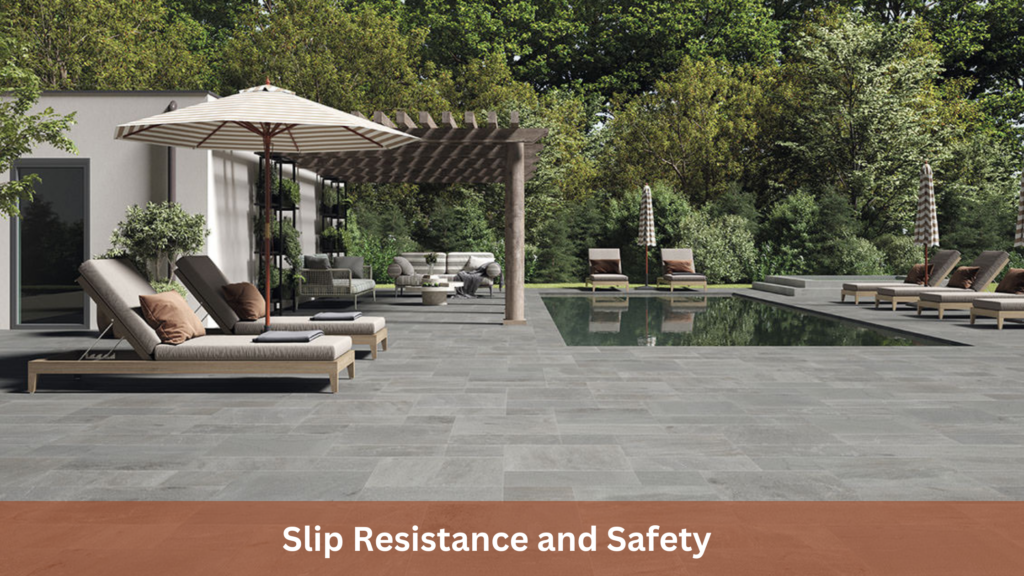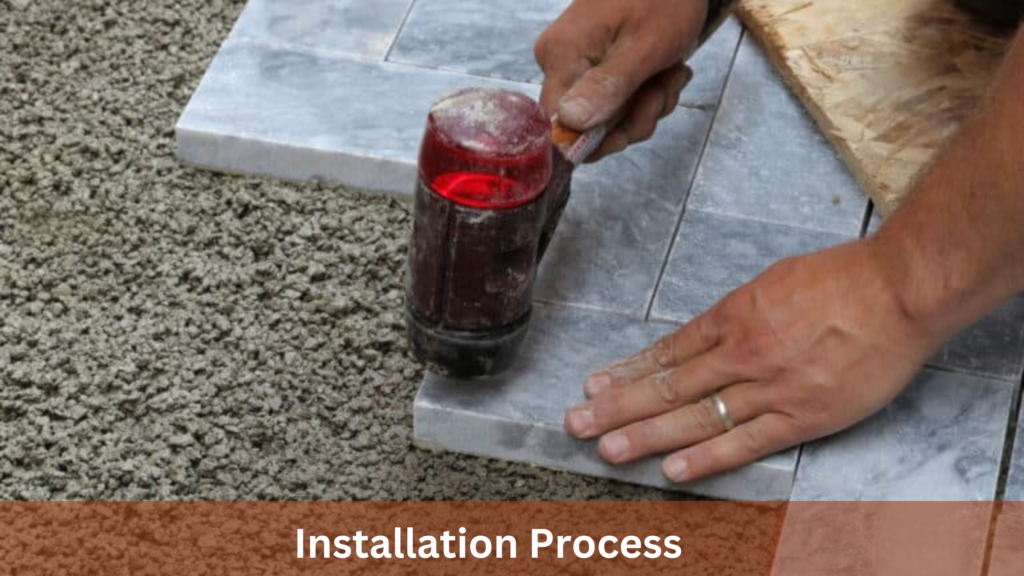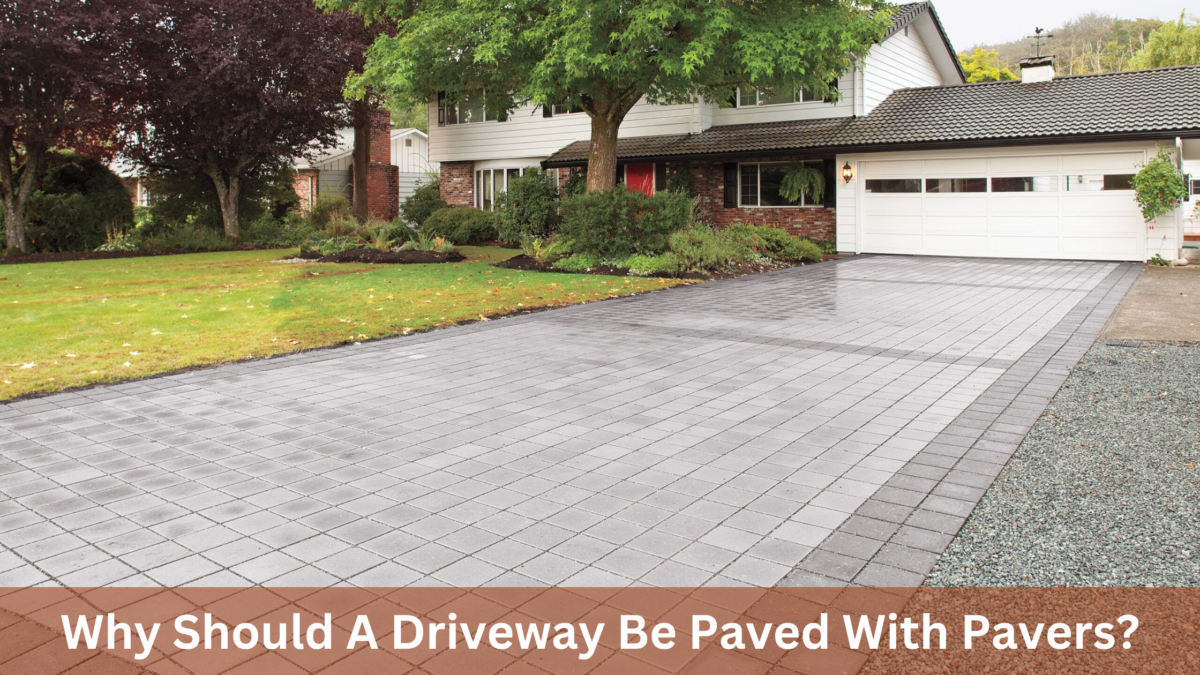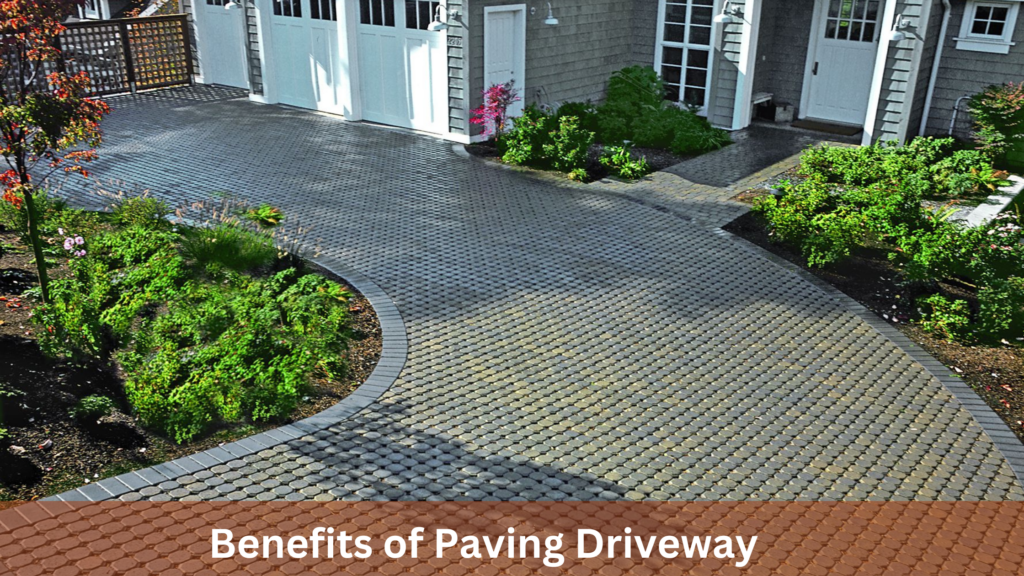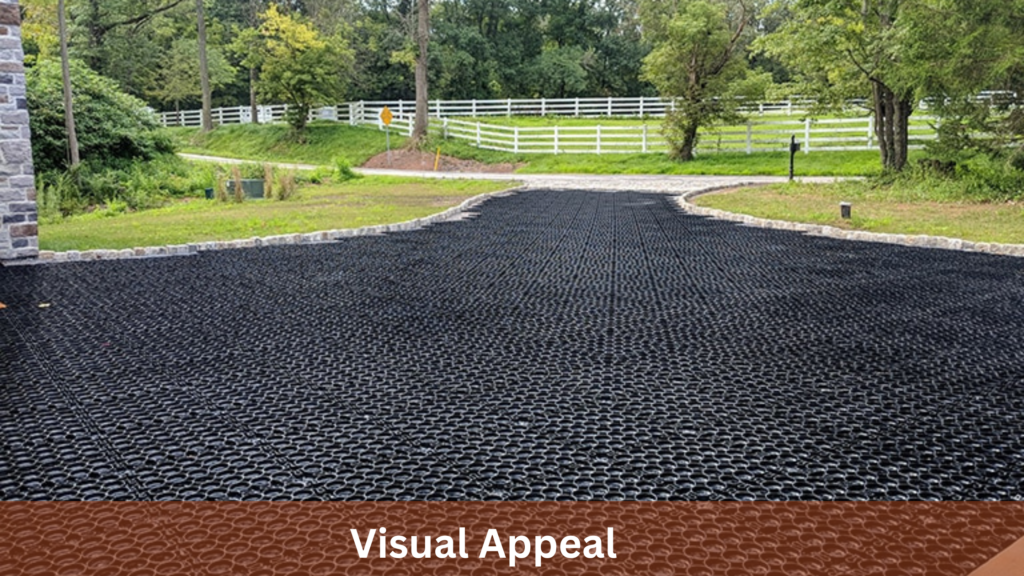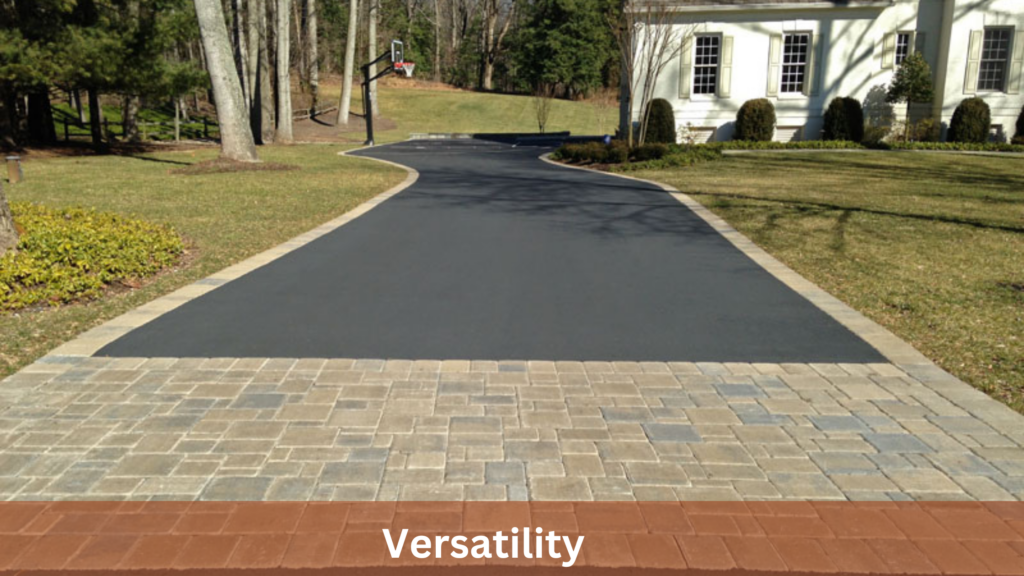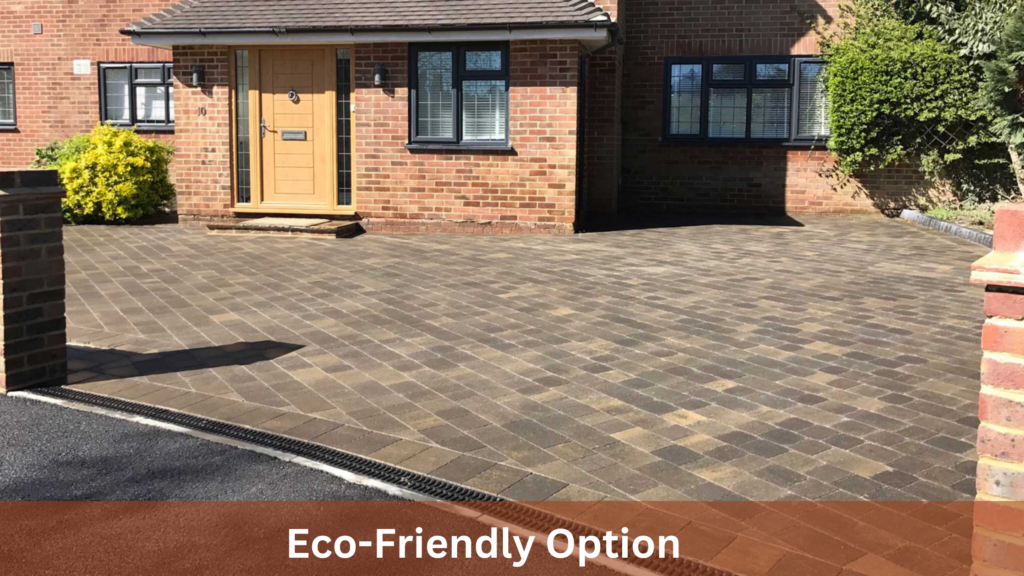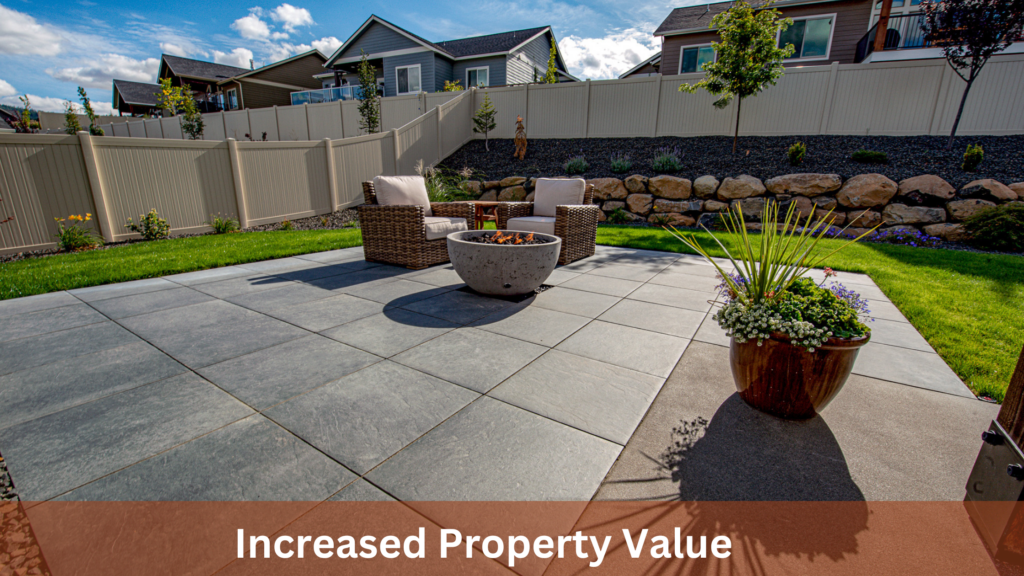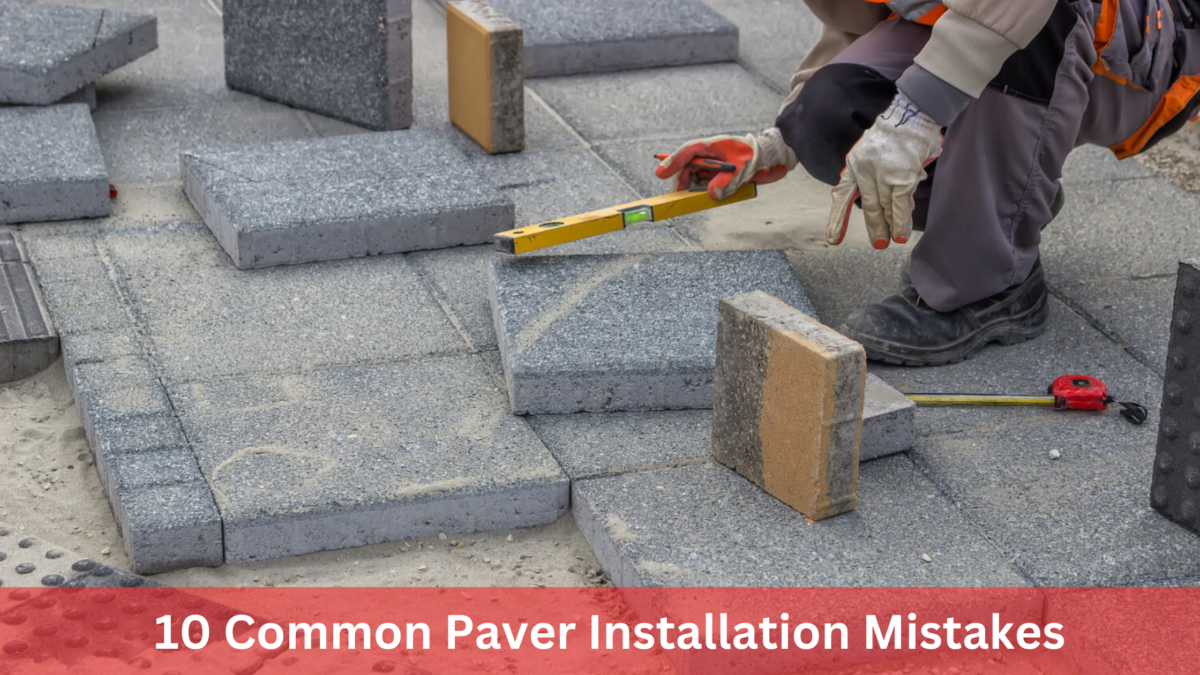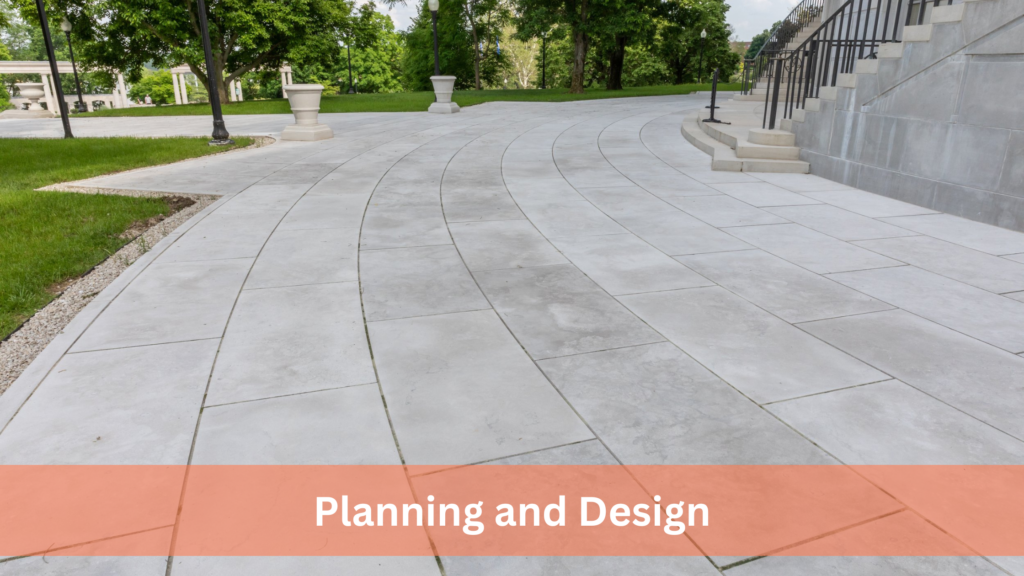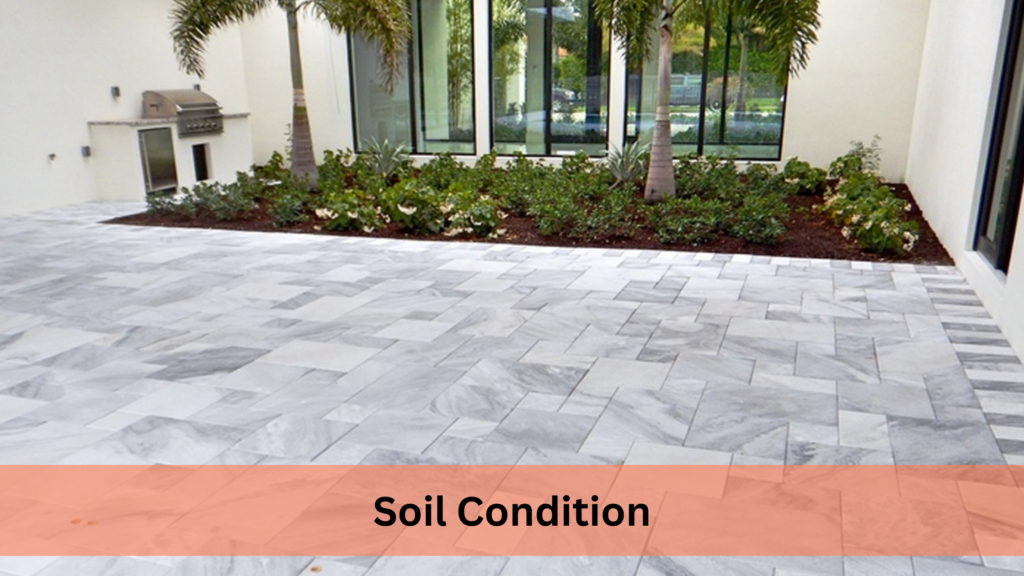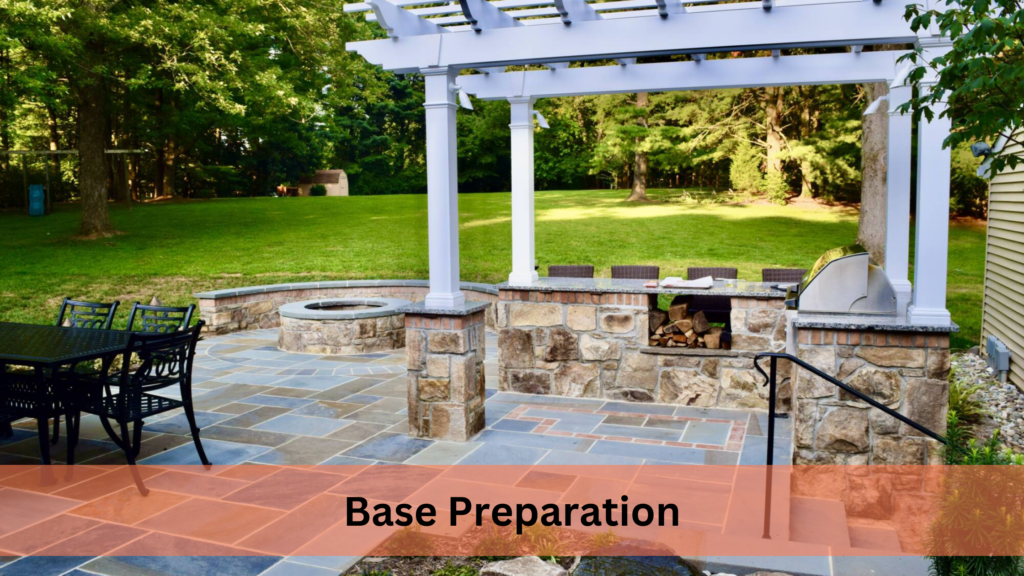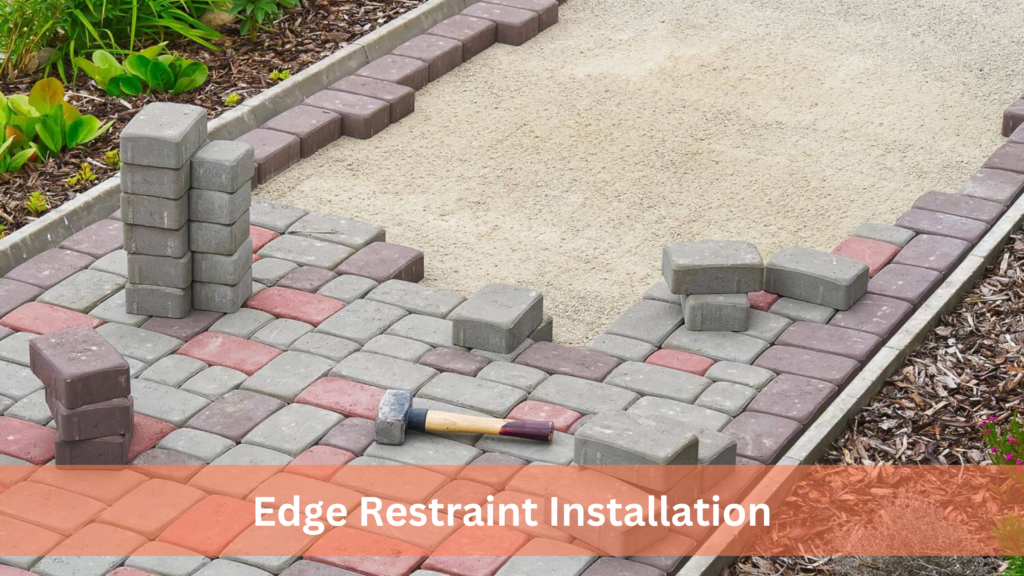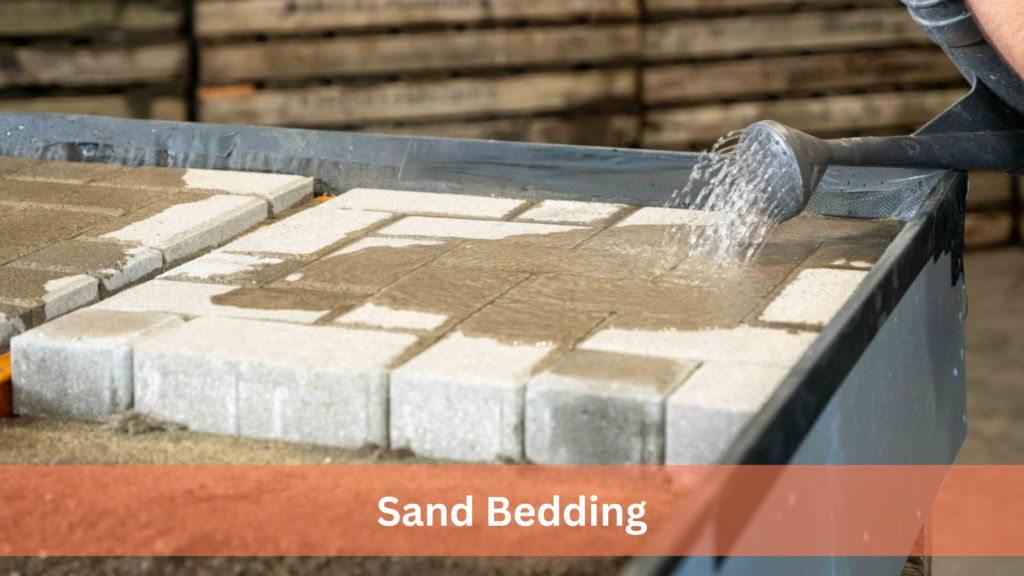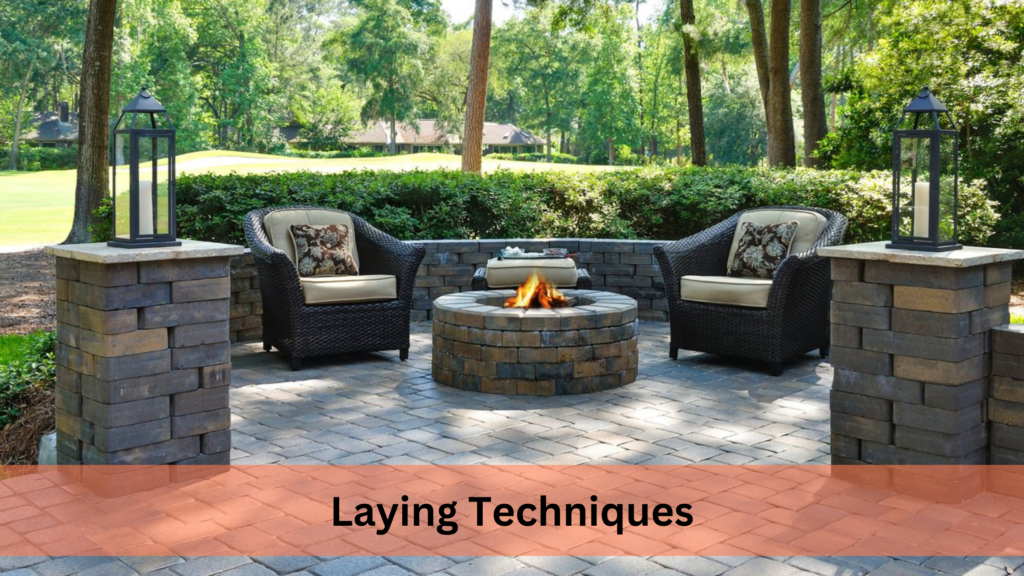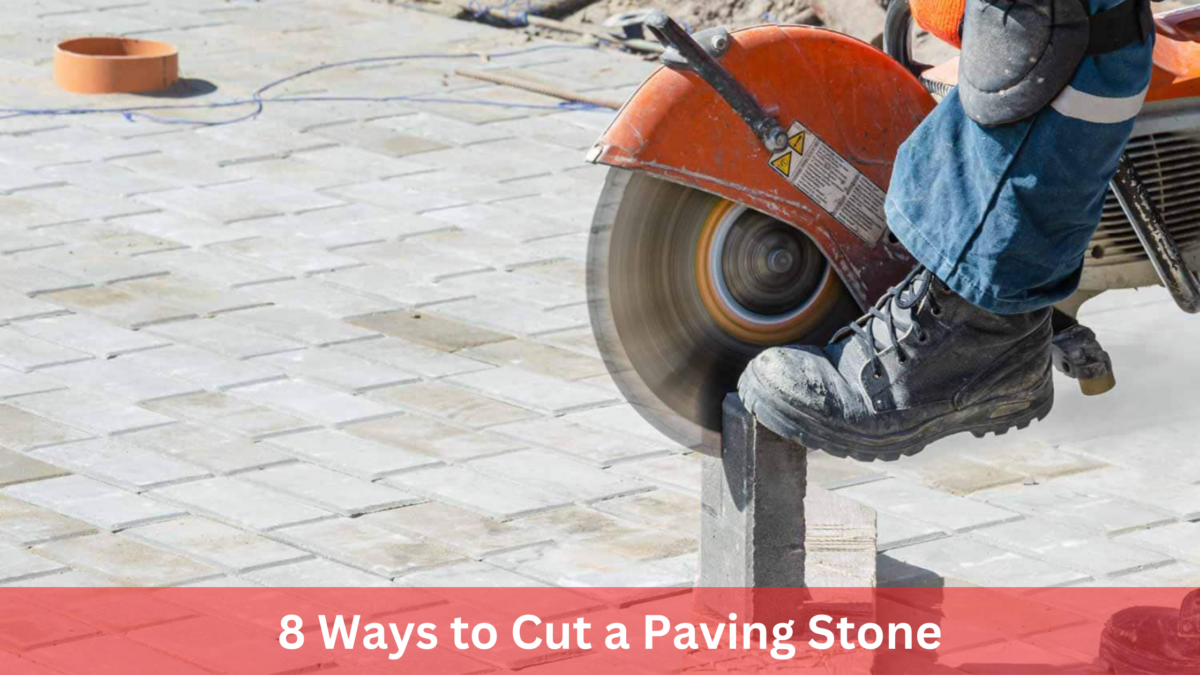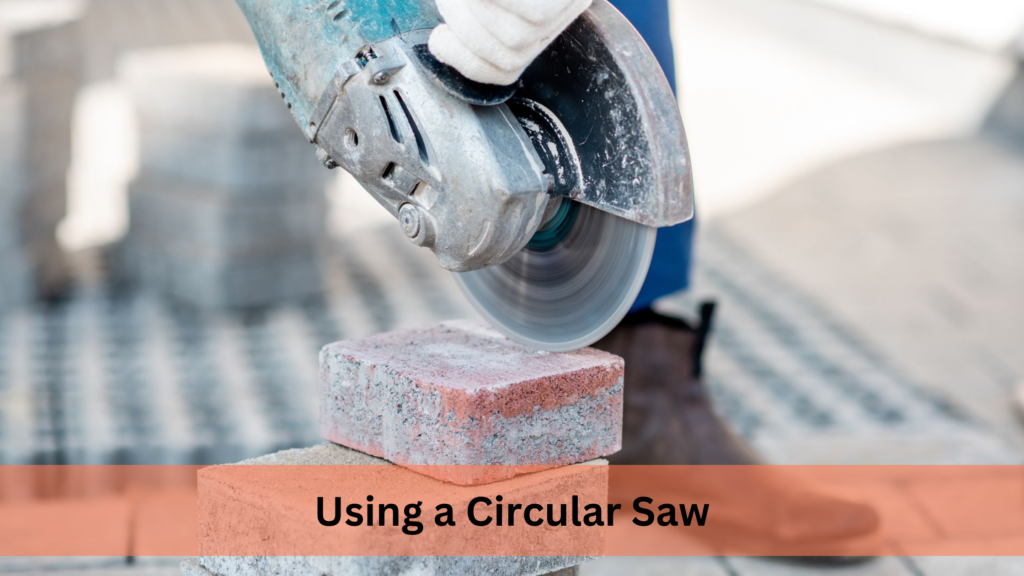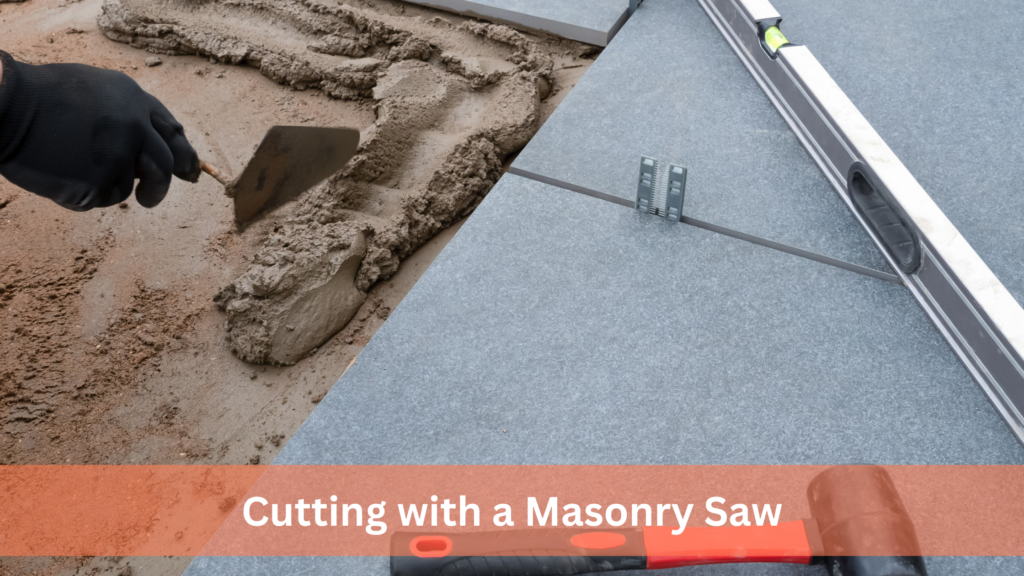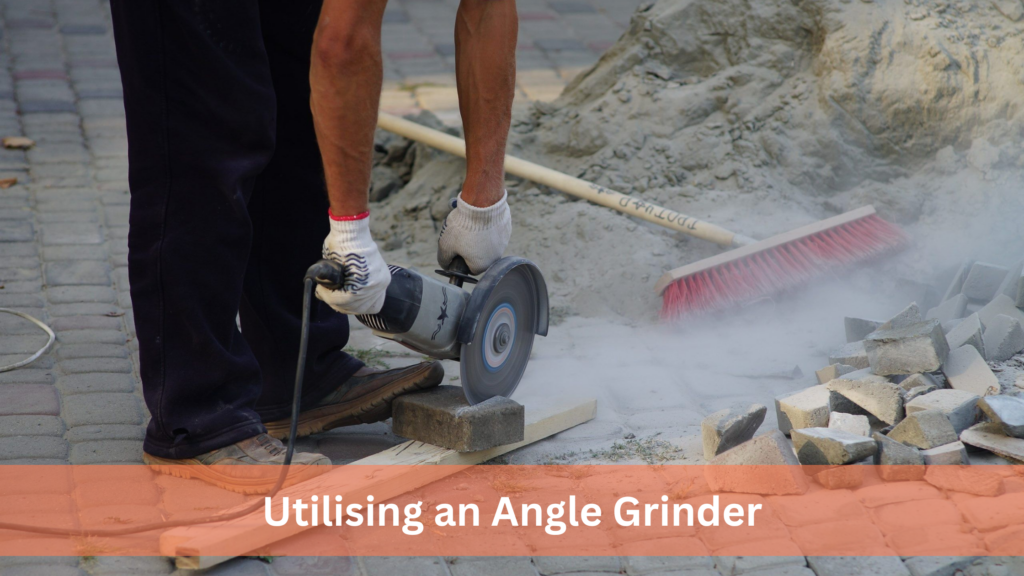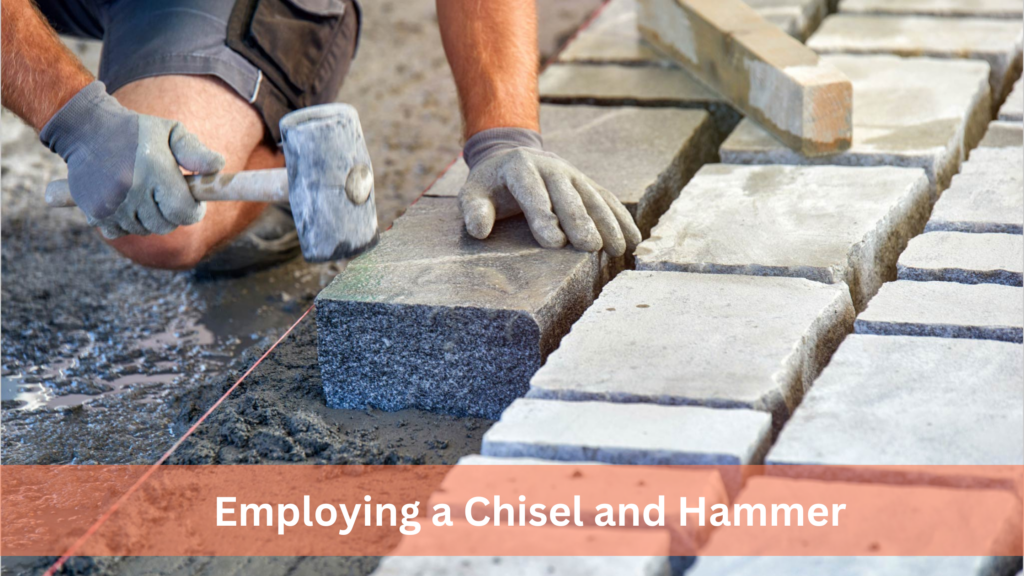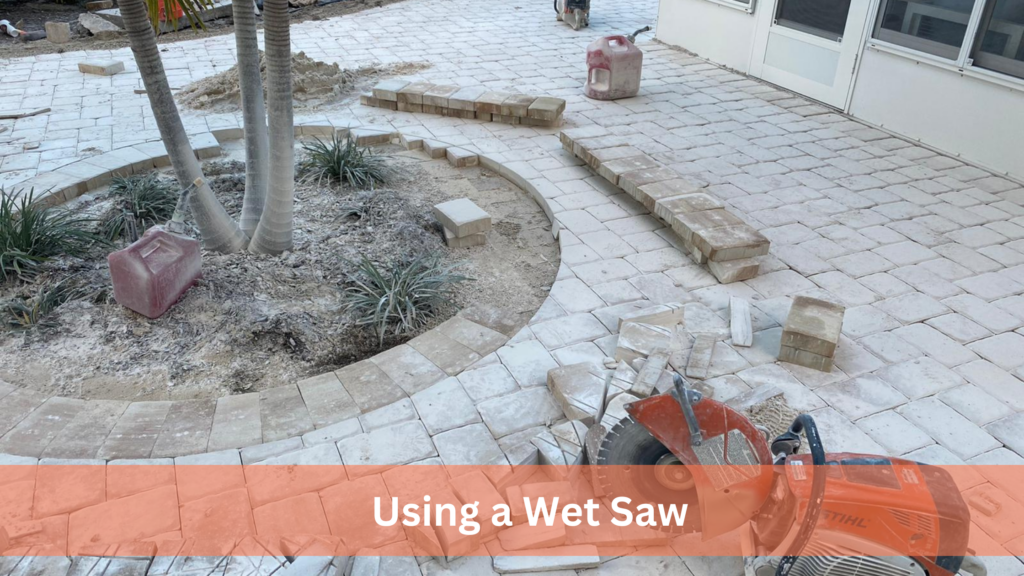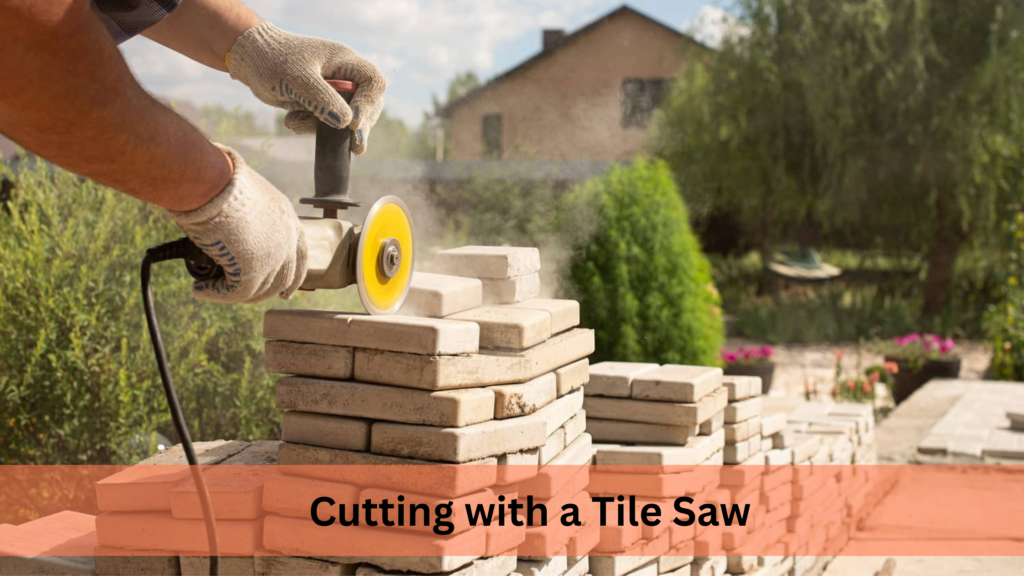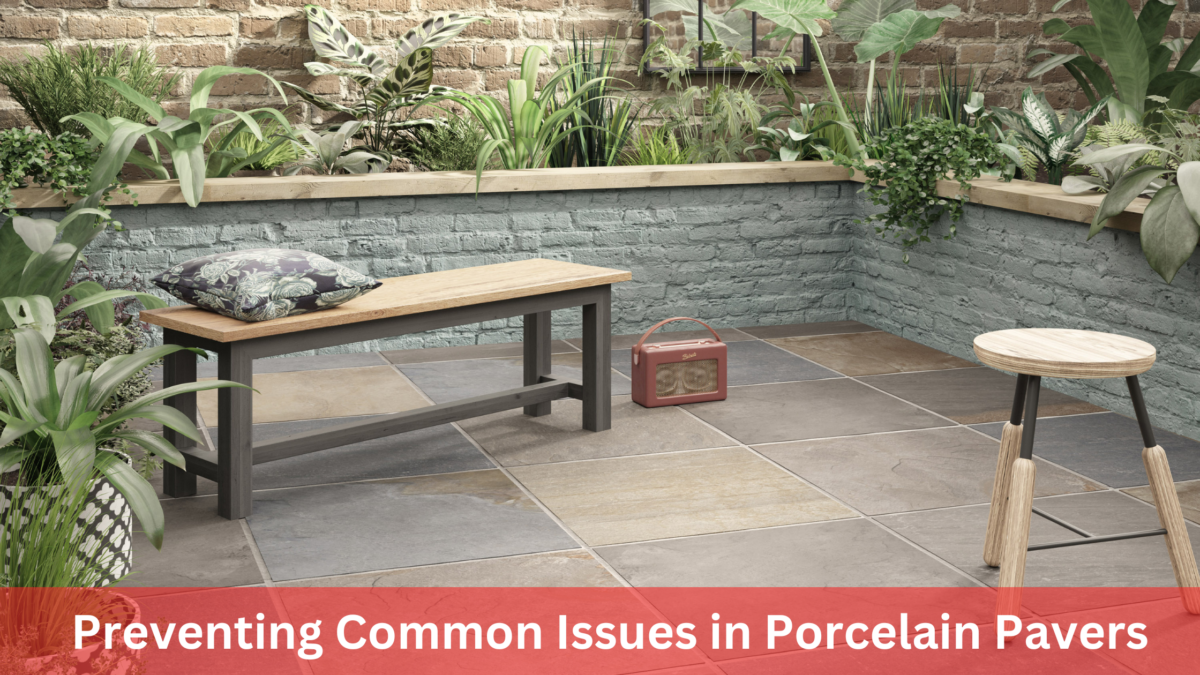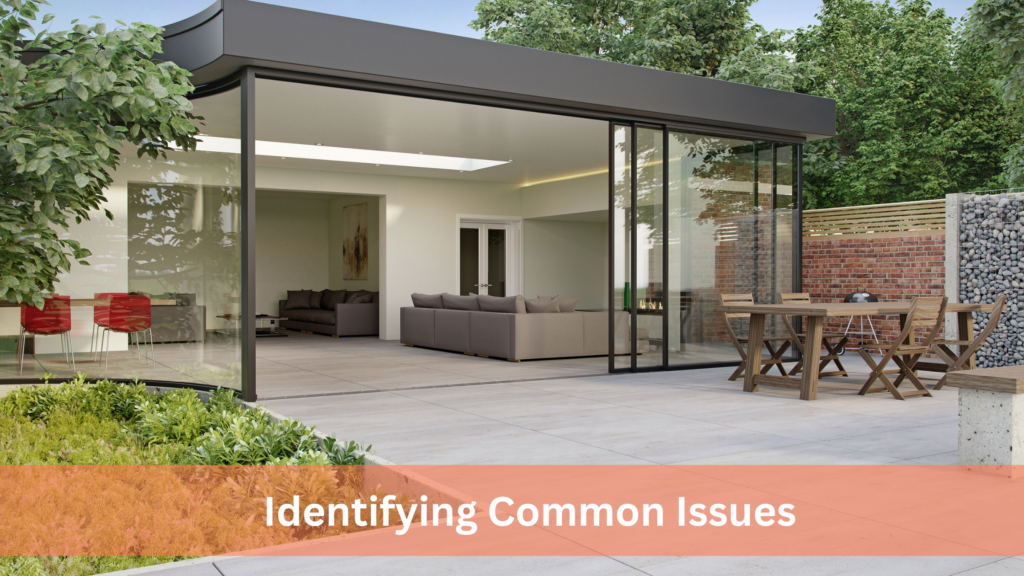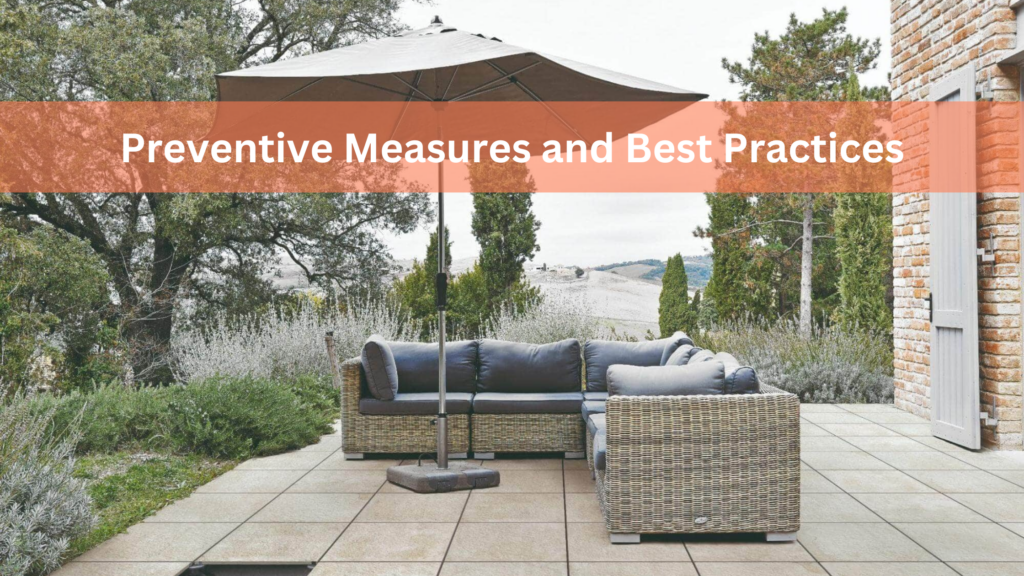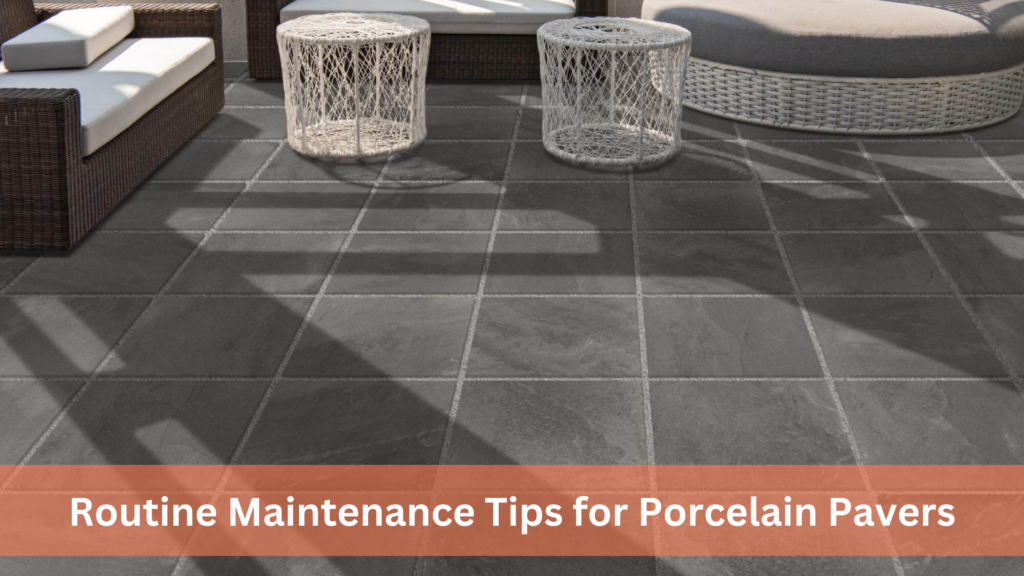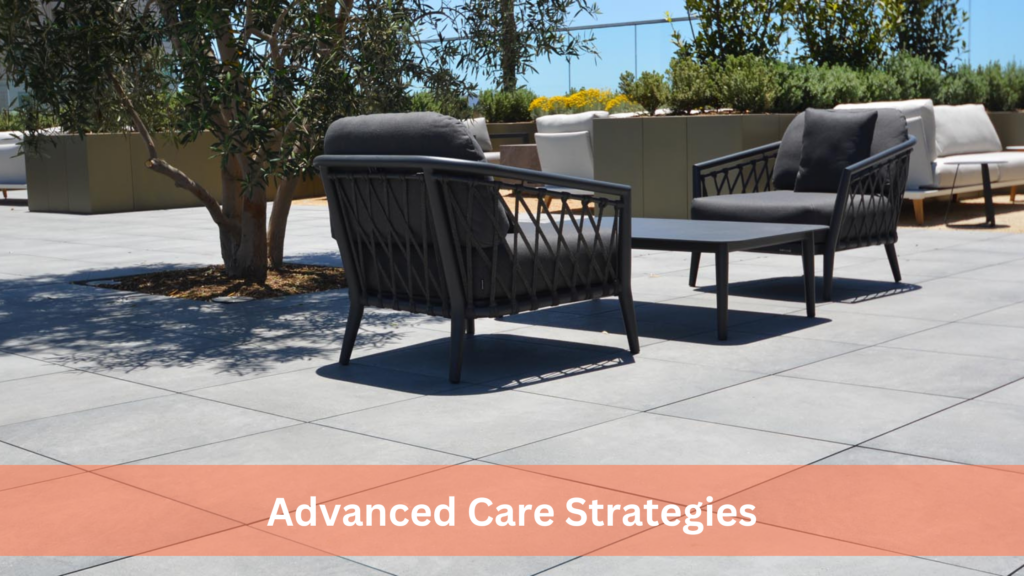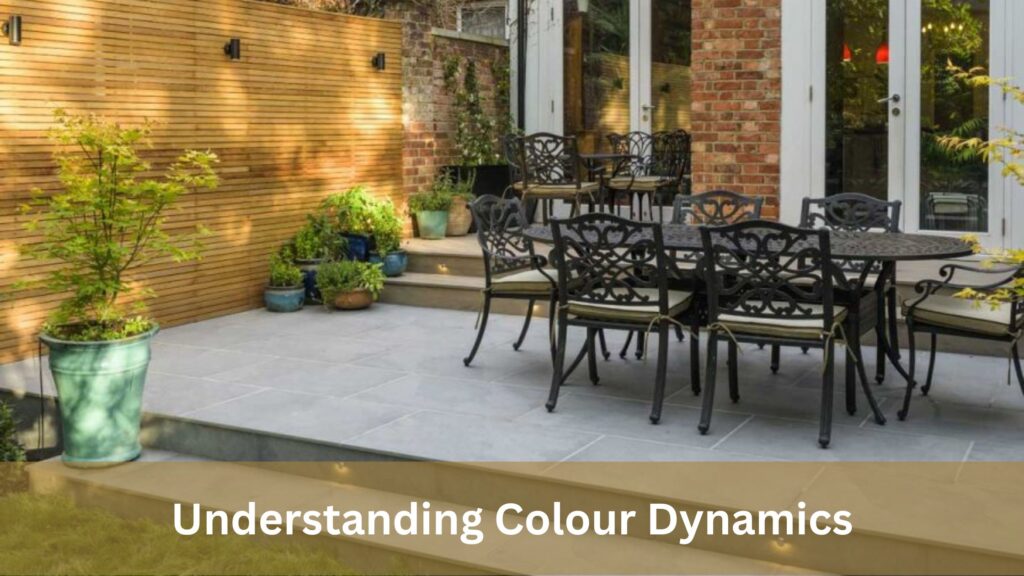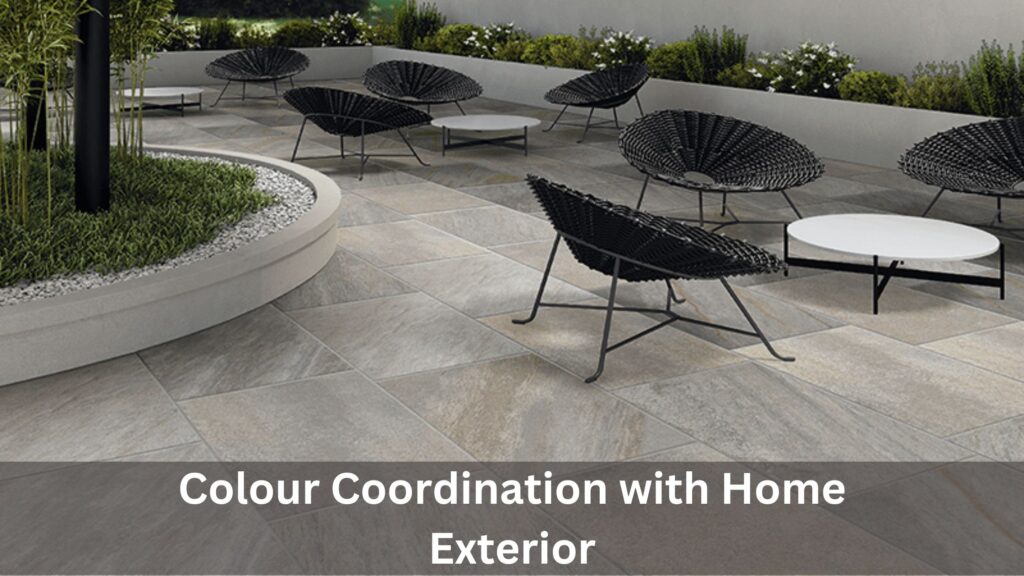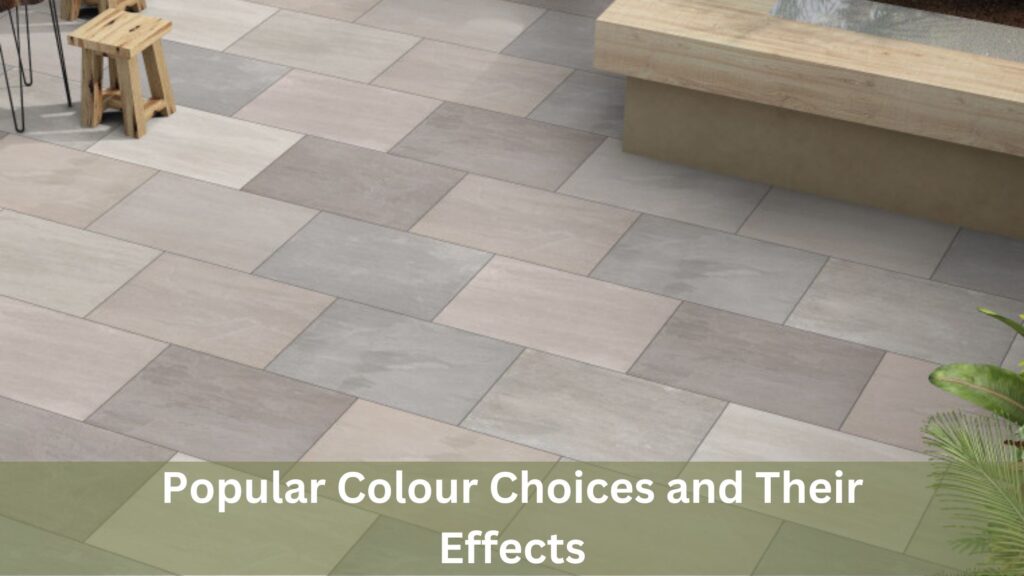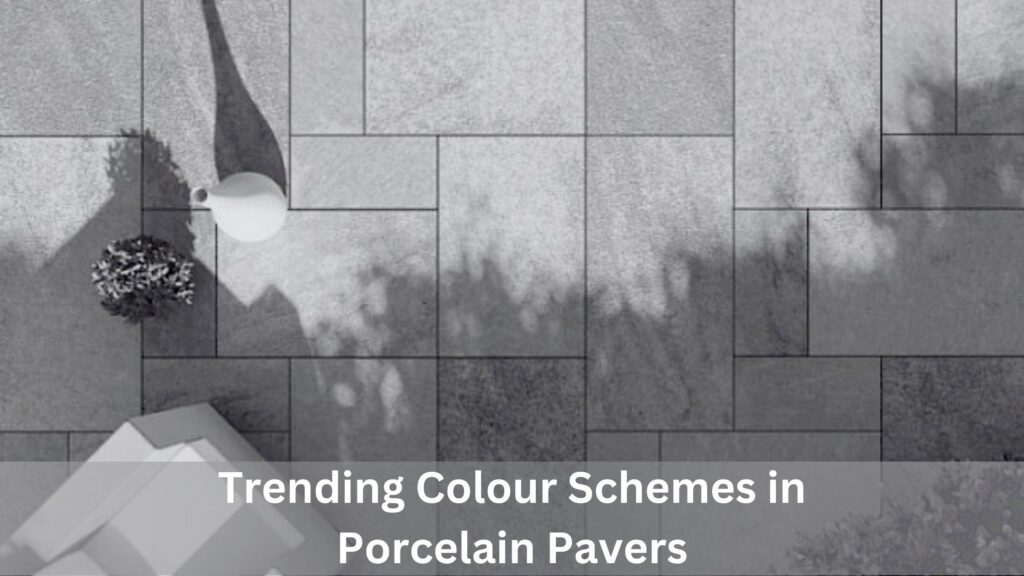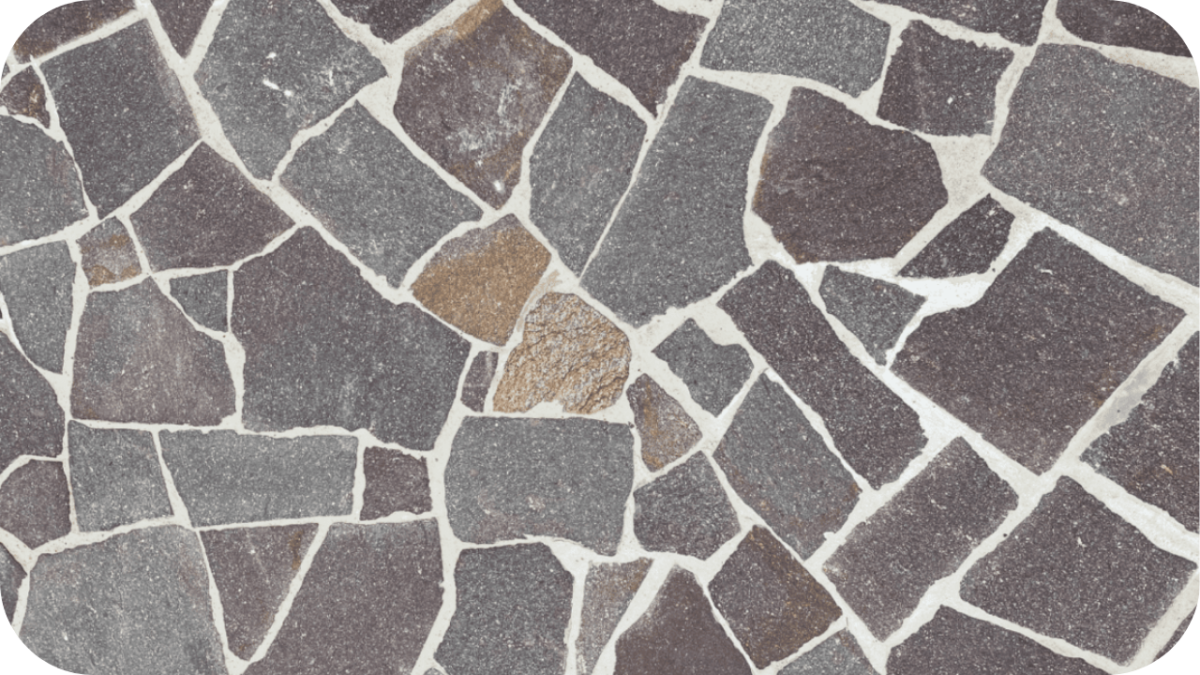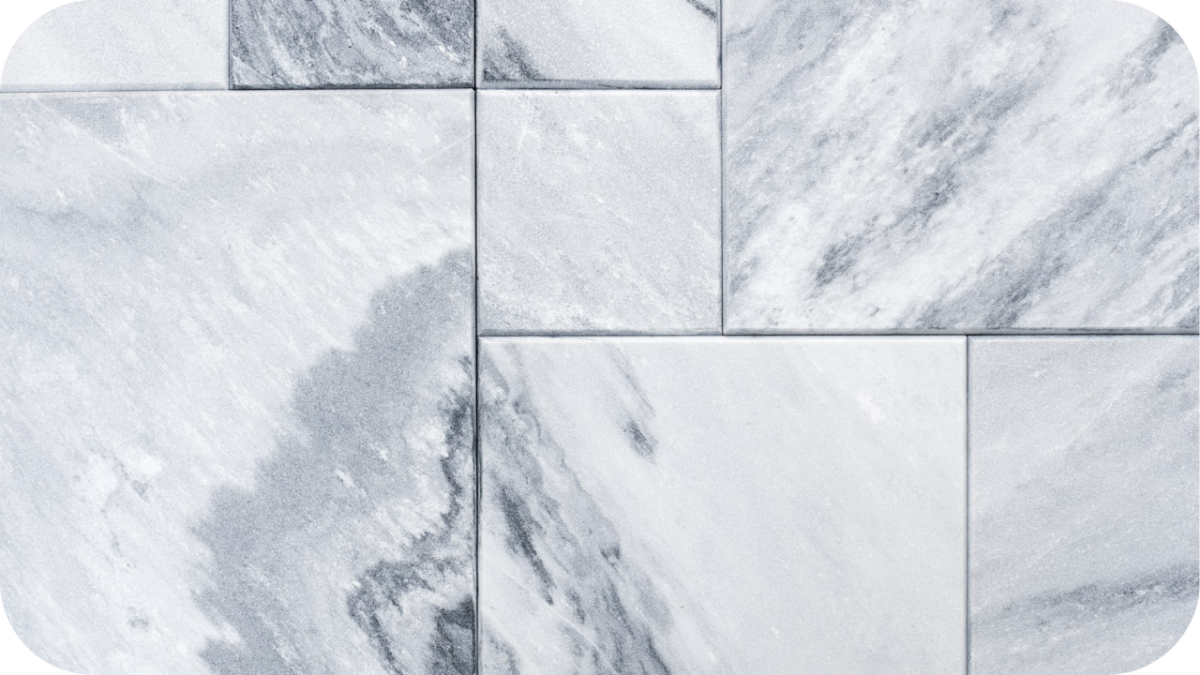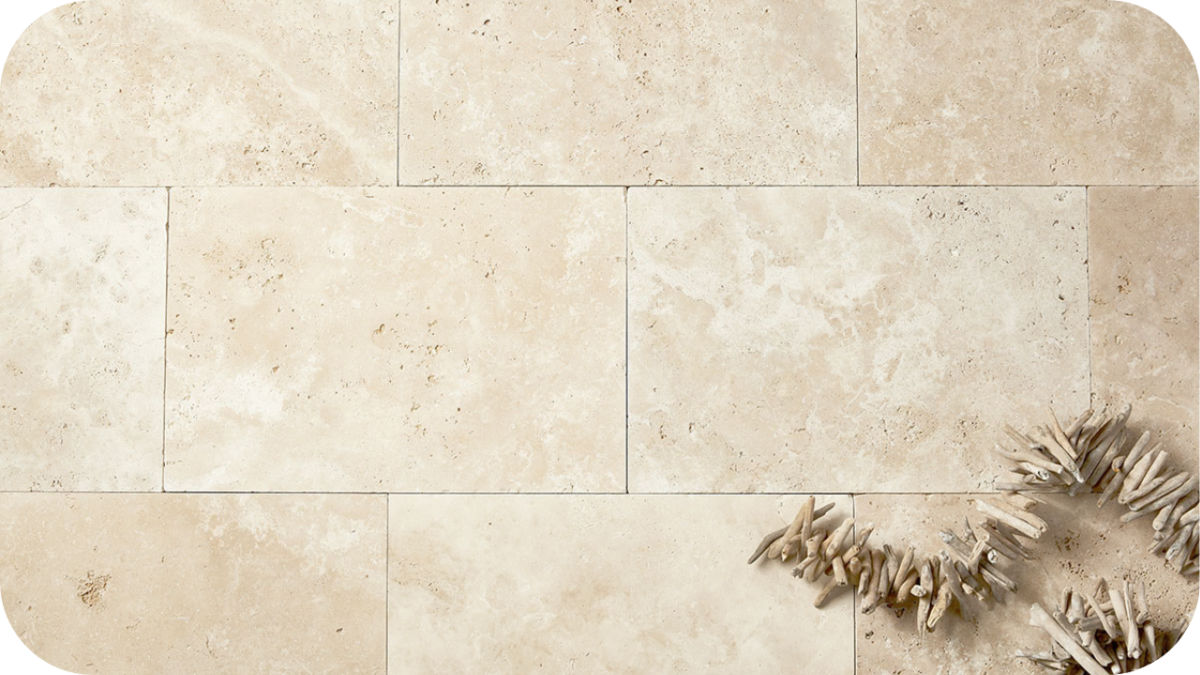Benefits of Using Outdoor Porcelain Pavers
Outdoor spaces often suffer from wear and tear, weather damage, and high maintenance costs.
Traditional paving options can deteriorate quickly, become slippery when wet, and require constant upkeep, leading to frustration and additional expenses.
Outdoor porcelain pavers offer a durable, low-maintenance alternative that withstands harsh weather conditions while providing a stylish and safe surface. Discover how these pavers can transform your outdoor area with minimal effort.
1. Durability and Longevity
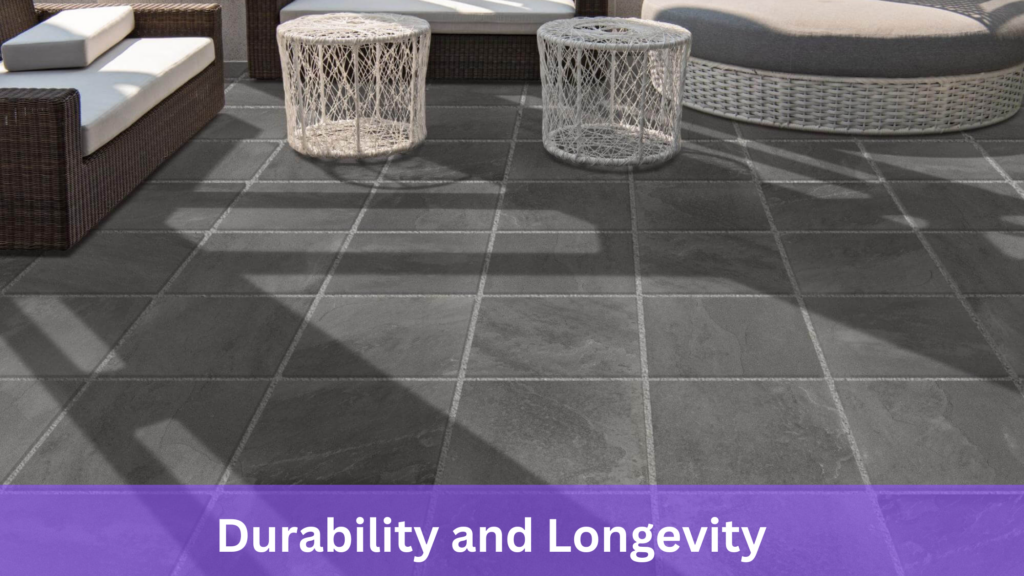
Durability and longevity are paramount in outdoor paving. Outdoor porcelain pavers excel in both these areas, making them ideal for various applications.
These pavers are engineered to withstand harsh weather conditions, including heavy rain, frost, and intense UV exposure. Unlike natural stone or concrete, porcelain pavers do not crack or fade quickly, ensuring they maintain aesthetic appeal over time.
One of the key factors contributing to their durability is their high-density composition. Porcelain pavers are fired at extremely high temperatures, resulting in a dense, hard surface that resists wear and tear. This makes them perfect for high-traffic areas such as patios, walkways, and driveways.
Additionally, porcelain pavers are highly resistant to stains, scratches, and abrasions. Their non-porous nature prevents water absorption, reducing the risk of damage from freeze-thaw cycles. This characteristic also makes them resistant to moss and mould growth, which can compromise the integrity of other materials.
2. Low Maintenance Requirements
One of the standout benefits of outdoor porcelain pavers is their low maintenance requirements. These pavers are designed to make your life easier, requiring minimal effort to keep them looking pristine.
Porcelain pavers are highly resistant to stains, which means everyday outdoor spills like oil, grease, and food can be easily wiped away without leaving marks.
Their non-porous surface prevents water absorption, reducing the risk of stains and making them impervious to moss and mould growth. This is particularly advantageous in damp or shaded areas where other materials might quickly become unsightly.
Cleaning outdoor porcelain pavers is straightforward. A simple sweep to remove debris and an occasional wash with water and mild detergent are usually sufficient to maintain their appearance. Unlike natural stone, porcelain does not require sealing, saving you time and money on upkeep.
Moreover, porcelain pavers resist scratches and abrasions, ensuring they retain their smooth finish even in high-traffic areas. Their durability also means they are less likely to crack or chip, reducing the need for repairs or replacements.
3. Safety Features
When it comes to outdoor flooring, safety is paramount, and porcelain pavers excel in this area. One of the key safety features of porcelain pavers is their exceptional slip resistance. These pavers are designed with textured surfaces that provide solid traction, even when wet.
This makes them an ideal choice for areas around pools, patios, and walkways with a higher risk of slipping. The non-slip surfaces of porcelain pavers ensure that you, your family, and your guests can walk confidently and safely in all weather conditions.
Additionally, porcelain pavers are highly resistant to moisture, frost, and UV exposure. Their non-porous nature prevents water from seeping in and freezing, which minimizes the risk of cracking and damage due to freeze-thaw cycles.
This durability enhances safety by maintaining a stable walking surface and ensures that the pavers remain in excellent condition for years.
Another significant advantage is that porcelain pavers stay comfortable underfoot. They do not retain excessive sun heat, making it pleasant to walk barefoot, even on hot days. This feature benefits pool decks and lounging areas where comfort and safety are priorities.
4. Aesthetic Appeal

Outdoor porcelain pavers are celebrated for their aesthetic appeal. They offer a versatile and visually stunning solution for various outdoor spaces.
Their ability to mimic the look of natural materials, such as stone, wood, and concrete, allows you to achieve the desired look without compromising durability or maintenance.
Porcelain pavers come in various colours, textures, and finishes, providing endless design possibilities. Whether you prefer the rustic charm of natural stone or the sleek, modern look of concrete, there is a porcelain paver to suit your style.
The advanced manufacturing processes ensure that each tile has a consistent colour and pattern, creating a harmonious and polished appearance.
These pavers can create striking outdoor features like patios, walkways, and pool surrounds. Their elegant finish adds a touch of sophistication to any space, enhancing your home’s overall aesthetic value.
Moreover, porcelain’s UV-resistant properties ensure that the colours remain vibrant and do not fade over time, even with prolonged exposure to sunlight.
5. Environmental Benefits
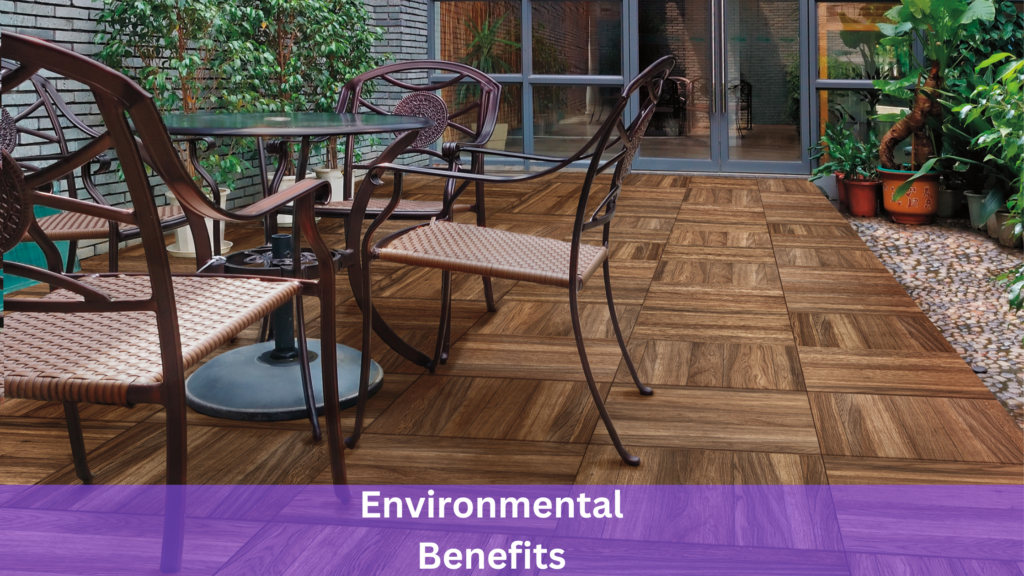
Outdoor porcelain pavers offer significant environmental benefits, making them a sustainable choice for eco-conscious homeowners. One primary advantage is their production process.
Porcelain pavers are made from abundant natural raw materials such as clay, sand, and feldspar. These materials are fired at high temperatures, resulting in a durable product that does not require additional chemical treatments.
The manufacturing process of porcelain pavers is also energy-efficient. Advanced kilns and production techniques minimise energy consumption and reduce carbon emissions.
Additionally, many manufacturers are committed to sustainable practices, often recycling water and raw materials within their facilities to reduce environmental impact.
Porcelain pavers are also a long-lasting solution, reducing the need for frequent replacements. This durability reduces waste and lowers the demand for raw materials over time.
Furthermore, porcelain pavers are 100% recyclable, meaning they can be repurposed at the end of their life cycle rather than in landfills.
Their non-porous surface prevents the absorption of harmful chemicals and pollutants, contributing to a healthier outdoor environment.
6. Cost-Effectiveness
Outdoor porcelain pavers offer excellent cost-effectiveness, making them a wise investment for any homeowner. While the initial cost of porcelain pavers may be slightly higher than other materials, the long-term savings they provide more than justify the expense.
One of the primary cost benefits of porcelain pavers is their durability. They are highly resistant to wear, scratches, and harsh weather conditions, so they do not need to be replaced as frequently as other materials. This longevity reduces the overall cost of maintenance and replacement over time.
Additionally, porcelain pavers require minimal maintenance. Unlike natural stone, which may need regular sealing and unique cleaning products, porcelain pavers can be easily cleaned with simple household detergents and water.
This low maintenance requirement translates into savings on cleaning supplies and professional cleaning services.
Porcelain pavers also resist staining, fading, and moss growth, ensuring they maintain their appearance without costly treatments.
Their non-porous nature prevents water absorption, reducing the risk of damage from freeze-thaw cycles and further lowering maintenance costs.
7. Installation and Versatility
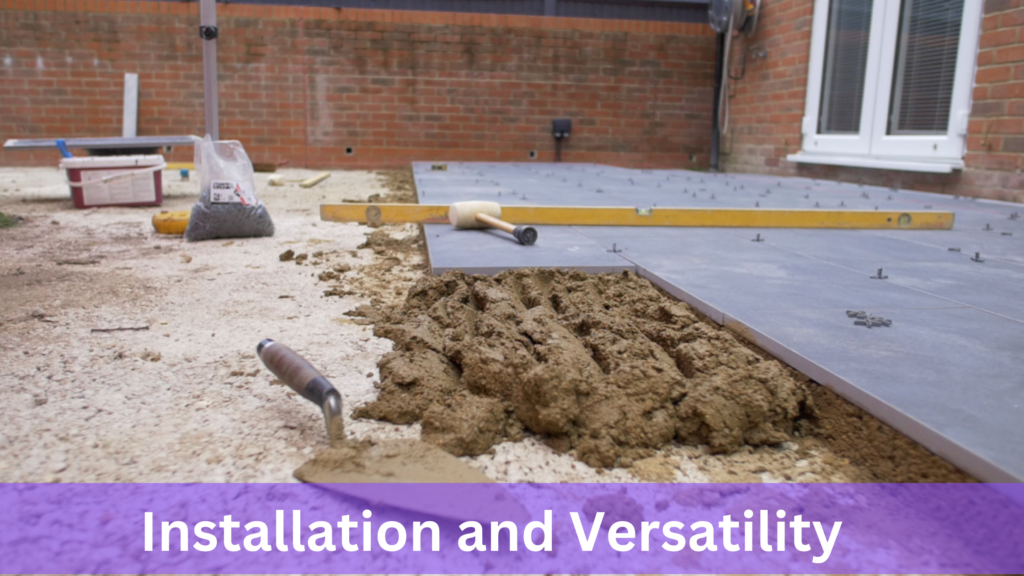
Installing outdoor porcelain pavers is straightforward, making them an attractive option for DIY enthusiasts and professional installers.
Their precise manufacturing ensures uniform size and thickness, facilitating easy and accurate placement. Unlike natural stone, which can vary in shape and size, porcelain pavers provide a consistent fit, reducing installation time and effort.
Porcelain pavers can be installed over various surfaces, including concrete, sand, or grass, offering flexibility in different landscaping projects.
This versatility makes them suitable for various outdoor applications, such as patios, walkways, driveways, and pool surrounds. Their ability to be dry-laid or installed with adhesive gives homeowners multiple options depending on the specific requirements of their project.
Moreover, porcelain pavers’ versatility extends to design possibilities. Available in various colours, textures, and finishes, they can mimic the look of natural stone, wood, or even concrete, allowing for creative design solutions that complement any outdoor aesthetic.
Additionally, their resistance to temperature fluctuations and moisture makes them ideal for diverse climates, ensuring they perform well in hot and cold weather conditions.
Conclusion
Outdoor porcelain pavers offer unmatched durability, safety, and aesthetic appeal, making them the perfect choice for outdoor spaces. Invest in quality pavers today and transform your garden or patio into a beautiful, safe, and long-lasting retreat.
Visit Splendour in Stone’s showroom or website to explore our extensive range of porcelain pavers, and start your project now!


